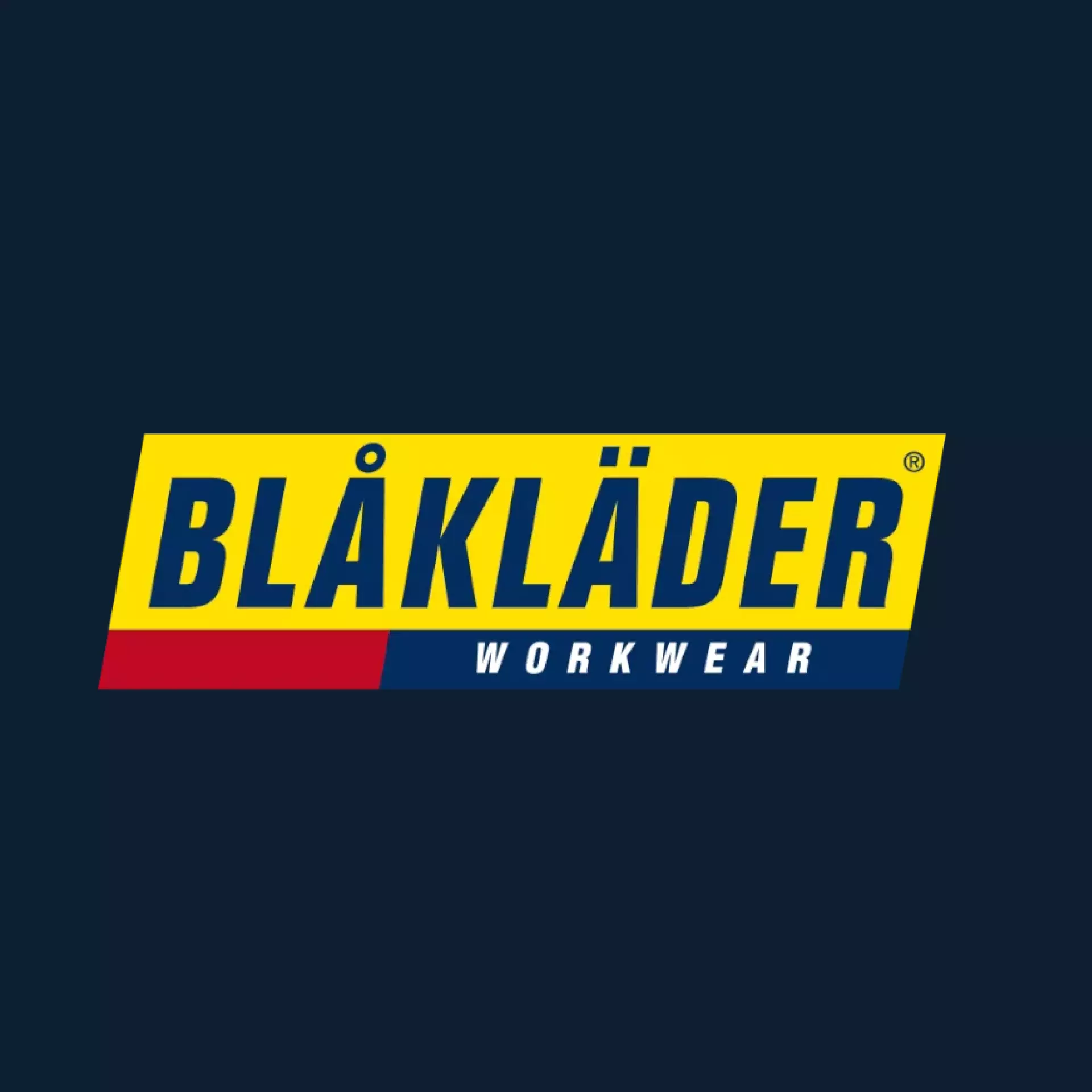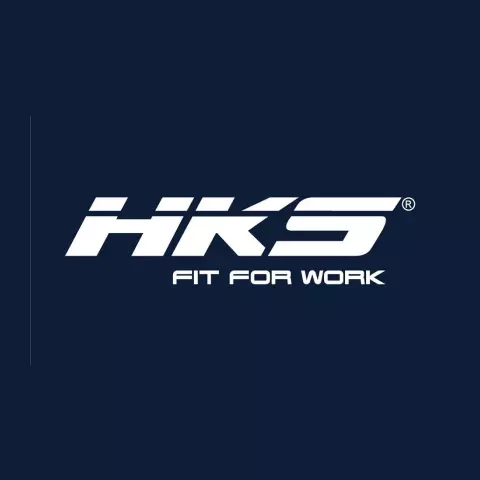
6 Must-Know Trends in Procurement Technology
Introduction: Optimising procurement processes is crucial for firms seeking efficiency and success in today’s fast-paced, competitive business environment. As firms...

Get 20€ off on your first order!































Today’s integrated global economy has made global sourcing important, especially in public sector procurement. Global esourcing involves buying goods, services, and materials from overseas vendors to take advantage of low prices, skilled labour, and high-quality resources. Organisations may maximise productivity, minimise production costs, and access varied regional supplier bases with this technique. Global sourcing has many benefits, but it also introduces distinct issues that must be controlled. This conversation covers global sourcing in public sector procurement’s levels, benefits, problems, and best practices.
Worldwide connections are greater than ever in the global village. Everyone can theoretically communicate with everyone else. Connections apply globally, with Brazilian vendors winning UK public sector contracts.
Global sourcing refers to these international eSourcing and eProcurement partnerships. We’ll examine global sourcing’s effects on public sector procurement, including pros and cons and best practices.
Just to clarify…
Global sourcing is private and public sector international procurement. Buyers examine foreign suppliers to see if they can join their global supply chain.
To maximise global efficiency and reduce production costs, cost-effective operations, cheaper labour, more competent workers, and cheaper materials are used.
Global vendors may have stronger performance records, which speeds up procurement, decreases time to market, and lowers costs.
Global sourcing has five stages, from domestic to global.
Level 1: Domestic. Not worldwide. It’s a beginning point for public procurement novices. Here, students learn, gain experience, and qualify for level two.
Level 2: Global procurement. When necessary, public sector buyers source globally. Operations and domestic market reach should be expanded.
International sourcing offers sample global sourcing features including tax reductions and low production costs.
Level 3. Global buying. A healthy mix of domestic and worldwide sources is used for sourcing. The arrangements are formal and valuable.
You should examine worldwide marketplaces, including compliance, rules, penalties, low trade tariffs, and tax effects.
Level 4. Global buying. Your procurement strategy emphasises global sourcing.
Integration, assimilation, coordination, and management become crucial to watch numerous providers’ progress.
Level 5. Global sourcing/integration. Strategic procurement globalises. At various sourcing stages, you balance international trading partners.
Open communication, transparency throughout the supply chain, the newest eSourcing and eProcurement technology, and finding new suppliers and sustaining business partnerships become more important.
Global sourcing has several advantages over domestic. Look at five benefits.
Supplier A provides similar products/services/works as Supplier B, however Supplier A’s materials are superior quality and better suited to the recently publicised major contract.
Global operations give customers access to more suppliers in new markets.
Buyers can also get high-quality products not available locally. They may establish high standards since numerous suppliers want to work with them.
Since you stored your eggs in multiple baskets, this makes sense for risk management and mitigation.
Supplier collaboration with different ideas, procurement procedures, and technology drives innovation.
Global sourcing issues are unavoidable. Let’s examine five major global sourcing issues.
Thus, public procurement specialists must stay abreast of international tariffs, quotas, documentation, and expenses.
Before signing contracts, investigation should reveal low-quality vendors.
Quality spot inspections by independent third parties should be part of your global sourcing strategy to maintain quality standards.
This should keep suppliers on their toes, but procurement professionals can terminate the contract if they consistently lower standards.
However, an unexpected occurrence might tip a country or region over the edge, disrupting supply chains with export embargoes, vandalising facilities, and threatening workers if they go to work.
Global sourcing strategy must include risk management.
Cultural and language differences. When Welsh public sector departments award contracts to Fijian vendors, language and cultural issues are a concern.
The suppliers may be ideal, but their cultures are worlds apart. Something the other side does could offend either party.
A translator may be needed, but even the best can’t always explain the nuances.
Buyers must investigate nations and firms they intend to work with to avoid language and cultural miscommunication.
Time zones. Suppliers in convenient countries often win public sector procurement contracts. This could include nearby countries or those accessible by air, water, or land. This sort of international trade streamlines imports, exports, and immediate communication.
Communication must be carefully timed to fit the most opportune overlapping period when contracts are split by various time zones. If done wrong, it can cause biblical frustration and damage global supply chain management.
Many procurement purchasers find the processes too time-consuming. Some public sector departments lack the funding and time to adequately evaluate potential providers. Outsourcing to an experienced agency or third party is a solid idea here.
Many tasks in this section of global sourcing can be automated, saving time and money. High-tech platforms and procurement cycle management software can provide supplier reports and eliminate human mistake.
Research and worldwide sourcing selection best practices:
Quality. How good is their record?
Cost. Everything from pricing to value.
Reliability. Does the provider usually deliver contracts on time and within budget?
Compliance. Is the provider in compliance with local laws and buyer standards?
Capacity. Do new suppliers have the equipment, staff, and resources to fulfil the contract?
Supplier ethics matter in global sourcing. Today, it incorporates social value, so purchasers must verify that suppliers follow regulations.
Global procurement strategies and ethical sourcing policies must include the following:
Suppliers employing products from contemporary slavery, sweatshops, and child labour countries should be suspicious.
Suppliers who use fossil fuels without considering sustainability and the environment should also be suspicious.
Suppliers who don’t care about the community should go.
Suppliers that discriminate at work should be fired.
Suppliers that don’t meet buyers’ sustainability and social value standards should go.
Buyers should move global sourcing to the cloud in the digital age. Contract notices and supplier screening can be done via digital platforms. Automation tools post announcements, awards, and give contract award winners all relevant documentation.
Global supplier management relies on digital systems for analytics, report generation, and real-time data updates. Platforms handle tedious, time-consuming processes, allowing personnel to improve their skills and international roles.
Additionally, the platforms meet additional transparency criteria in the impending Procurement Bill. Transparency throughout the supply chain promotes fair business practices and supplier collaboration.
You must be prepared to weather supply chain efficiency-reducing changes. Risk management is the greatest technique to detect and prepare for risks.
Global eSourcing risk management involves raw material shortages. Financial dangers include persistent losses and being mere millimetres from insolvency. Diversity (a large supply pool) reduces this danger.
Political and environmental hazards are also present, along with an unmentioned factor. natural disaster risks.
Are suppliers’ headquarters prone to flooding and hurricane damage? Not that you can’t give contracts to vendors with these risks, only that you plan for the worst.
Data security matters across all sectors, industries, and fields. It matters more for public sector and government contracts. Buyers must follow data protection laws and secure sensitive data from cyberattacks.
Many public sector software incorporates cybersecurity tools, however you may also buy cybersecurity software for specific protection.
Expectations for Global eSourcing in the Future The market dynamically changes online sourcing and procurement. Public sector buyers must adapt. Forecasting is a great method to prepare for the future, so what changes and trends are coming?
Buyers need a clear strategy to help personnel and stakeholders adapt to a changing environment.
Open contract communication, resistance management, and staff adaptation are essential to a worldwide plan. The ability to adapt to real-time data also helps buyers succeed in global sourcing.
Following the same international suppliers provides comfort and security. However, many promising new suppliers are emerging from nations you might overlook.
Consider Southeast Asia’s reputation for economical manufacturing and ethical business practices.
The competent labour and accessibility to other European markets are earning Eastern Europe a reputation.
Global eSourcing is expanding across Africa. Many countries have moved past political upheaval and are focussing on stable economies and international trade, notably in agriculture, textiles, and technology.
One of the main benefits of the new Procurement Bill. Due to their transparency, the new procurement platforms allow suppliers to readily communicate, share information in real time, and network and build relationships.
Innovative collaboration boosts suppliers’ capacity, expertise, products/services, and ability to satisfy higher-value contract requirements. Buyers that desire the greatest products and services at the best price benefit from suppliers seeking competitive advantages.
Global sourcing allows organisations, especially the public sector, to improve their procurement strategies by accessing a diversified pool of international suppliers. Cost reduction, innovation, and resilience are important, but regulatory compliance, quality assurance, and cultural variations are difficult. Organisations can manage global sourcing by using best practices including supplier evaluation, ethical sourcing, procurement digitisation, and risk management. Staying adaptive and ready for emerging markets will help global sourcing reach its full potential.
Thank you! You've signed up for our newsletter.











Introduction: Optimising procurement processes is crucial for firms seeking efficiency and success in today’s fast-paced, competitive business environment. As firms...

Introduction: Digital transformation is changing procurement worldwide. With the switch from manual to digital procedures, procurement departments are changing drastically....

Introduction: Electronic procurement has become essential for companies seeking to simplify and reduce costs in the digital age. As technology...

Introduction: Optimising procurement processes is crucial for firms seeking efficiency and success in today’s fast-paced, competitive business environment. As firms...

Introduction: Digital transformation is changing procurement worldwide. With the switch from manual to digital procedures, procurement departments are changing drastically....

Introduction: Electronic procurement has become essential for companies seeking to simplify and reduce costs in the digital age. As technology...
Get 20€ off on your first order!
Save 30% by buying directly from brands, and get an extra 10€ off orders over €100
Save 30% by buying directly form brands, and get an extra 10€ off orders over €100